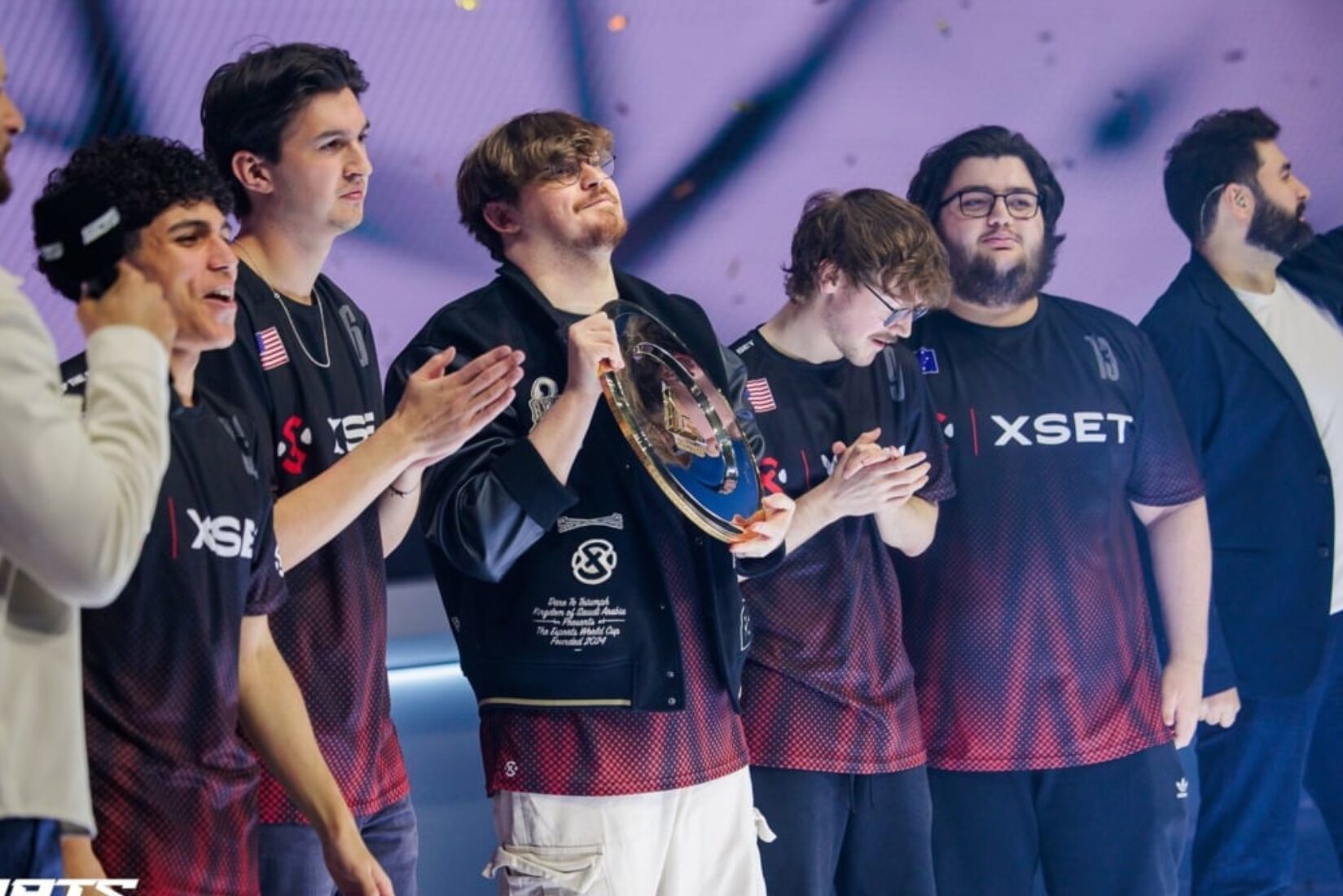The conversation around Fortnite esports prize winners often begins and ends with money. Headlines celebrate Bugha’s $3 million solo World Cup win or the millions shared among duos like Aqua and Nyhrox. But an editorial look reveals something deeper. Prize money is not only a measure of success — it’s also a mirror reflecting how the game has grown, faltered, and reshaped itself since 2018.
With more than $202 million paid out since Fortnite entered esports, the figures are historic. But what those numbers disguise is volatility: careers that peaked too early, regions that thrived only briefly, and a competitive format that shifted almost as quickly as the meta within the game itself. Understanding the winners means more than charting a leaderboard — it means asking what these earnings say about Fortnite’s place in esports history.
Quick Look
The World Cup’s Shadow

Source: Esports.gg
The 2019 Fortnite World Cup remains the central pillar of Fortnite’s competitive timeline. With $30 million on the line, it launched young players into financial security and instant celebrity. Yet it also set a bar that no future Fortnite event has come close to matching.
Editorially, this is both inspiring and troubling.
- Inspiring because it proved a new esport could shake the industry overnight, rivaling giants like Dota 2 and League of Legends.
- Troubling because Epic Games never repeated it, leaving players and fans with a sense that the greatest show had already passed.
Bugha’s $3M solo triumph, Aqua and Nyhrox’s duo victory, and Psalm’s runner-up story remain iconic highlights. But six years later, those moments feel like they belong to a different age. Every player since has been competing under the long shadow of 2019 — not against their contemporaries, but against an event that still defines the entire prize money landscape.
The Millionaires

When we talk about the highest-paid Fortnite players, we inevitably return to a small circle: Bugha ($3.7M+), Aqua ($2.1M+), and a handful of Europeans like TaySon, Anas, and Kami who crossed the million-dollar threshold through FNCS consistency.
What stands out from an editorial view is how much their paths diverge.
- Bugha became not just Fortnite’s richest player but a rare crossover star in esports. His earnings are boosted by both prize winnings and his ability to stay relevant through FNCS tournaments and endorsements.
- Aqua, despite his massive earnings, retired early, a symbol of Fortnite’s short career cycle. His story suggests that sudden financial security may accelerate exits as much as success sustains them.
- Others like EpikWhale, Kami, and TaySon show what it means to build a career without one defining World Cup moment — a slower, steadier path through repeated FNCS placements.
These millionaire winners are outliers, beneficiaries of a unique mix of timing, skill, and opportunity. For every Bugha, there are dozens of players grinding FNCS lobbies for far smaller payouts, highlighting the sharp divide between Fortnite’s richest and its rank-and-file.
Regional Rivalries and the Age Equation

Looking at Fortnite’s prize winners also exposes two revealing dynamics: regional dominance and youthful careers.
- Europe has produced 10 of the top 20 prize earners, proving its depth of talent. From Aqua’s duo triumph to TaySon’s steady dominance, the region turned Fortnite into a continental rivalry.
- North America still commands global attention thanks to Bugha, EpikWhale, and Clix, but its depth never quite matched Europe’s.
- South America had its breakout through k1ng, whose fearless World Cup performance at age 13 became one of the tournament’s lasting highlights.
Age is equally striking. The average top 20 player is just 22.5 years old. Careers peak early, often between 16 and 20, as Fortnite’s mechanics reward reflexes and endless grind sessions that younger players thrive on. Veterans like Psalm, who pushed into his 30s, are the exceptions. Editorially, this suggests Fortnite is less about building dynasties and more about capturing lightning in a bottle during a very short competitive window.
The Rise of Peterbot and the Decline of Mega Payouts – Fortnite esports prize winners

The post-World Cup years shifted Fortnite toward FNCS as the backbone of its competitive scene, and while the payouts remain solid, they are a fraction of what 2019 offered. That shift makes the careers of newer names like Peterbot more intriguing.
- Peterbot has earned $900K+, most of it between 2024 and 2025. Without the stage of a World Cup, he built his reputation on consistent FNCS dominance, proving that Fortnite can still create stars even in leaner years.
- Clix, with $619K in earnings, is another editorial case study. His fame stems less from tournament success and more from his cultural footprint as a streamer and influencer. This blurring of the competitive and entertainment worlds may ultimately define Fortnite’s esports era.
Yet the larger story remains decline. FNCS is reliable but lacks the drama of life-changing payouts. Fortnite’s appearance at the Esports World Cup 2024 suggested hope for a renewed global spotlight, but its exclusion in 2025 reinforces the sense that competitive Fortnite has moved from the center of esports to its periphery.
Conclusion: The Editorial View on Fortnite’s Prize Winners – Fortnite esports prize winners
In the end, the story of Fortnite esports prize winners is not simply about millions won or lost. It’s about the broader arc of a game that rocketed to esports stardom, minted instant millionaires, and then settled into a quieter, more modest rhythm. Bugha remains a symbol of the heights Fortnite once reached, while players like Peterbot illustrate what the scene looks like in its current form: consistent, skillful, but less spectacular.
Editorially, Fortnite’s prize winners embody both the promise and pitfalls of modern esports. The money created legends, but it also revealed the fragility of a scene built on one extraordinary event. Whether Fortnite ever produces another World Cup-scale moment is uncertain. What’s clear is that its prize winners will always represent one of the most fascinating — and fleeting — chapters in competitive gaming.





